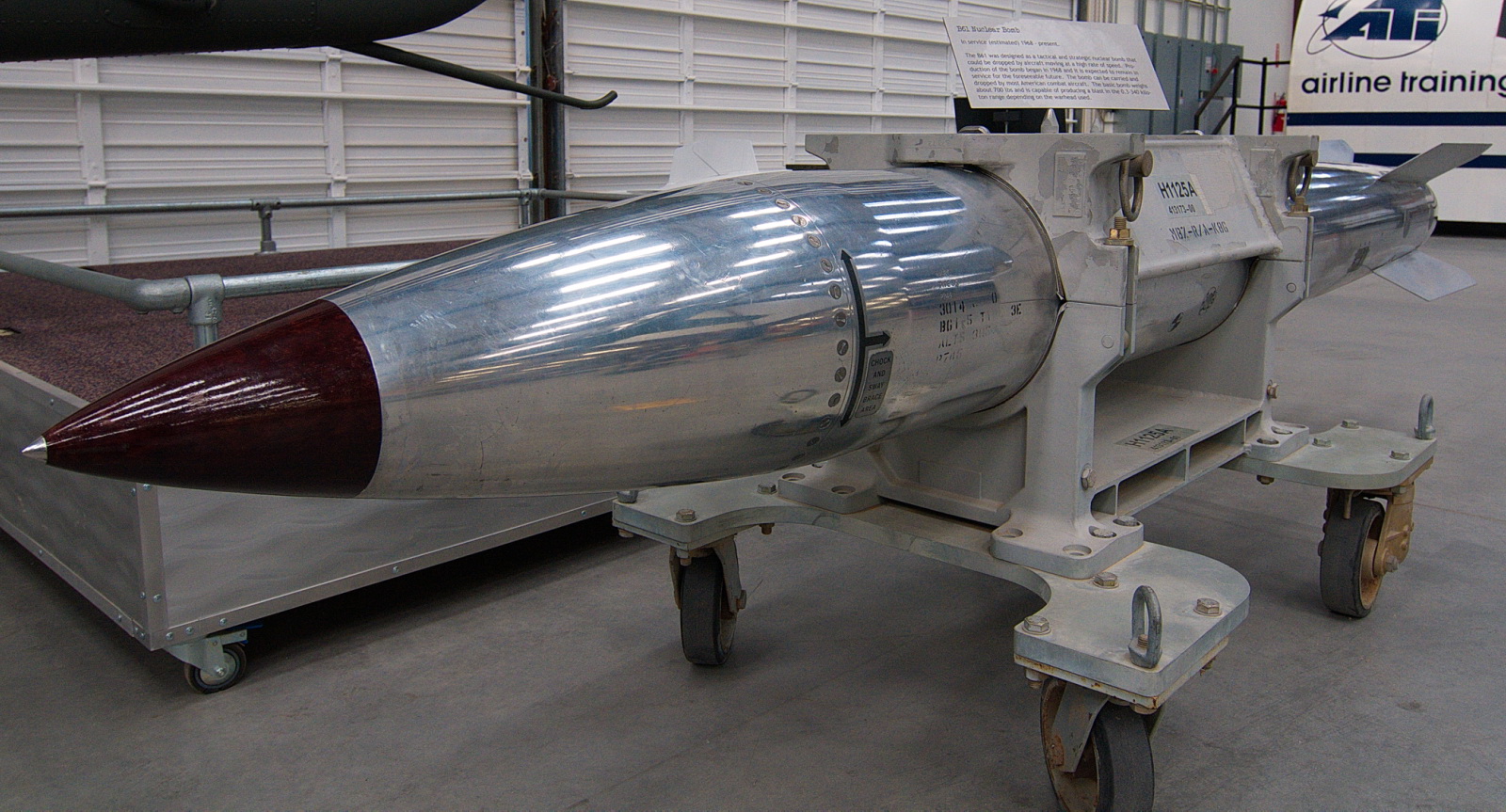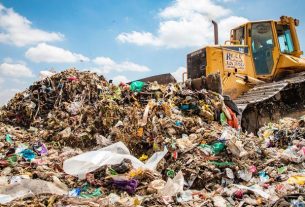The United States is expediting production of the B61-13 nuclear gravity bomb—an advanced weapon with a yield of up to 360 kilotons, approximately 24 times more powerful than the atomic bomb dropped on Hiroshima in 1945.
Developed at Sandia National Laboratories in Albuquerque, New Mexico, the B61-13 is designed as part of the U.S. nuclear modernization initiative. According to a statement from Sandia, production is now set to begin seven months earlier than originally scheduled, driven by what experts have described as an “urgent and critical” response to escalating global threats.
The B61-13 is the latest iteration of the Cold War-era B61 series and features a variable yield capability, allowing it to be adjusted from lower yields to its full 360-kiloton capacity. It is also expected to be deployed on future B-21 stealth bombers, enhancing U.S. strategic flexibility and deterrence.
While the Department of Defense has not publicly detailed specific threats necessitating the accelerated timeline, defense analysts link the move to growing geopolitical instability, including nuclear developments by Russia, China, and North Korea.
Sandia’s principal product realization lead, Daniel Seitz, was quoted in the New York Post (April 9, 2025) as stating: “Getting to this point on a schedule that’s earlier than originally planned is a huge accomplishment. It demonstrates the agility and resilience of our team.”
The Biden administration has emphasized the importance of updating the nuclear triad as aging systems face obsolescence. The B61-13 is intended not to increase the number of nuclear weapons but to replace older, less precise models with more modern and controllable alternatives.
Critics, however, warn that accelerating nuclear weapons development risks intensifying arms races, particularly as diplomatic channels remain strained.
Sources:
B61 Nuclear bomb Picture on Wikimedia by Dave Bezaire & Susi Havens-Bezaire



